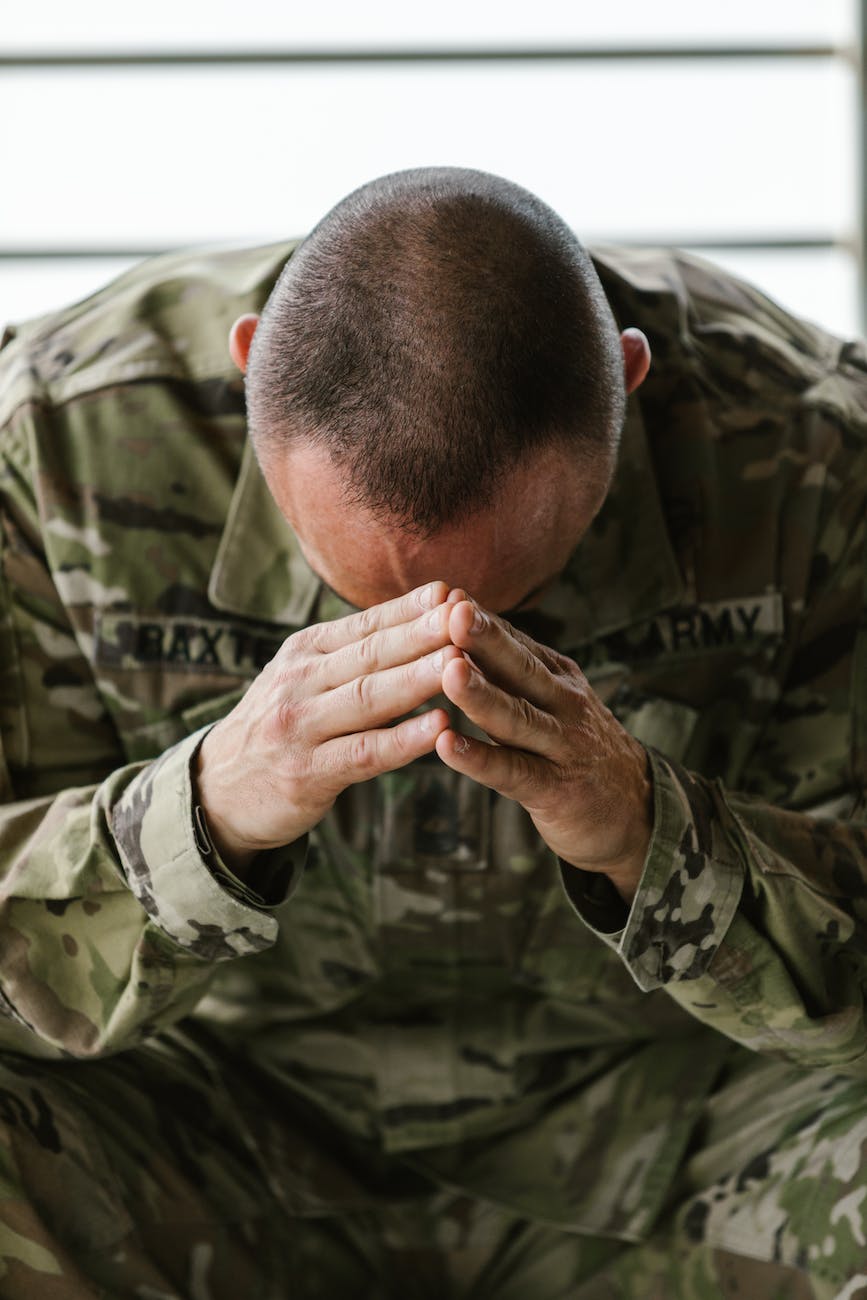If others repeatedly invaded your integrity when you were young, your fight-flight-please combination patterns would become more hardwired in your nervous system. Later in life, you will react to people and situations with those same fight-flight-please patterns when they reflect your early life circumstances or the character of your mom, dad, sibling, or abuser.
These reactions are your traumatic residue. They are the patterns that attract you—through your reaction to them—to certain circumstances and people, often creating more confusion, more rigidity of your patterns, and furthering internal and external conflict.
Let’s put that into an example:
Joanna’s father separates from her mother when Joanna is only two years old, and she has no further contact with him thereafter. The sudden absence leaves her with feelings of abandonment that she carries with her into adulthood.
When she gets together with a partner, she tends to give too much of herself out her desire to be loved, which is fueled by her pain of abandonment. When her attachment gets to be too much for her partner(s), and there is the threat of separation, she becomes overly aggressive and pushes her partner away before she can be rejected or abandoned.
Joanna acts out of pleasing as her initial response to wanting closeness; this is a result of the pain of her abandonment, and out of fear that her core pain will be repeated. Through her overcompensation she recreates what she tries to avoid, and thereby reenacts her past. When those wheels are set in motion, she tries to further protect herself by acting out and rejecting first, through a fight response.
The anger that she acts out in her adult life is both the unprocessed anger she could not own as a child for being abandoned by her dad, and a protection from feeling further rejected/abandoned. Her hardwired pleasing response is to be liked, loved, and to feel adequate and accepted, all of which she has put in place to compensate for her core pain of being abandoned.
How can we help one with PTSD
- Encourage Professional Help:
- Recommend that the person consults with a mental health professional, such as a therapist or counselor, who specializes in trauma and PTSD.
- Suggest psychiatrists for medication management if necessary.
- Educate Yourself:
- Learn about PTSD, its symptoms, and available treatments. Understanding the condition can help you provide better support.
- Be Supportive:
- Offer a listening ear without judgment. Sometimes, just having someone to talk to can be therapeutic.
- Validate their feelings and experiences. Avoid minimizing or dismissing what they’re going through.
- Respect Triggers:
- Learn about their triggers and help create a safe environment. Be mindful of potential triggers and try to avoid or manage them when possible.
- Encourage Self-Care:
- Promote healthy habits such as regular exercise, sufficient sleep, and a balanced diet. Physical well-being can contribute to mental well-being.
- Offer Practical Assistance:
- Help with everyday tasks, especially during difficult times. This can alleviate some stress and allow the person to focus on their recovery.
- Understand Boundaries:
- Respect the person’s boundaries and don’t push them into situations that may be triggering or uncomfortable.
- Stay Informed About Treatment Options:
- Be aware of available therapeutic approaches, such as cognitive-behavioral therapy (CBT), eye movement desensitization and reprocessing (EMDR), or exposure therapy.
- Crisis Resources:
- Familiarize yourself with local crisis resources, helplines, and support groups. In an emergency, encourage the person to seek immediate assistance.
- Be Patient:
- Recovery is a gradual process, and healing takes time. Be patient, understanding, and supportive throughout the journey.
Remember, while you can offer support, it’s important that the person seeks professional help. PTSD is a complex condition that often requires specialized treatment from mental health experts. #bloganuary

Discover more from HOPE & FAITH Through Pain & Suffering
Subscribe to get the latest posts sent to your email.
![A logo for an organization dedicated to providing support for mental health challenges, including addiction, anxiety, depression, and PTSD [incorporating a comforting color scheme] [that represents compassion and understanding] [with an inviting and approachable design] [featuring a symbolic visual element].](https://brentdempseyporthardylife.blog/wp-content/uploads/2024/04/img-sjpjzkcsqxgvktjp2rsn2xtd.png?w=192)